The year 2011 marked another exceptionally dynamic period for Japan’s thriving manga industry. It was a year where several globally recognized series not only maintained their dominant positions on the sales charts but also continued to captivate millions of readers with their evolving narratives and captivating characters. Simultaneously, a new wave of compelling titles emerged, quickly establishing themselves as strong contenders and promising future mainstays. This comprehensive article delves into the top-selling manga series of 2011, providing detailed insights into their compelling storylines, critical reception, significant cultural impact, and the impressive sales figures that cemented their places in the year’s history.
Top-Selling Manga in Japan by Series: 2011
The 2010 best-selling manga rankings were posted by me in the following article: Top-Selling Manga in Japan by Series: 2010
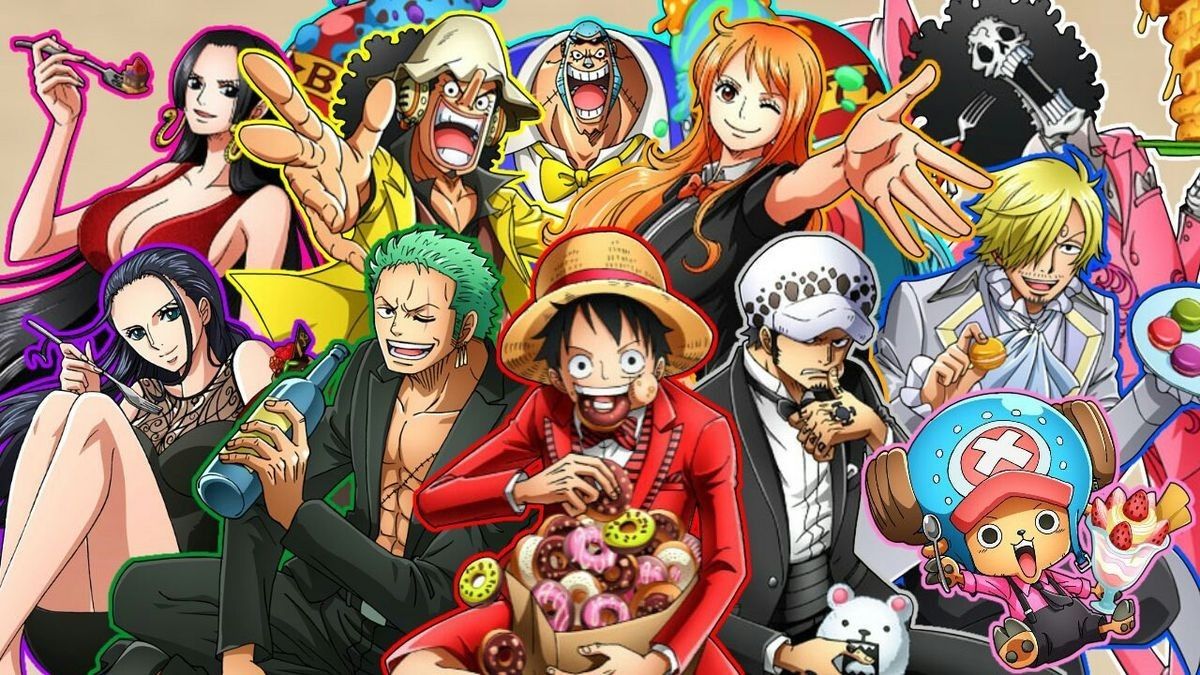
One Piece, the magnum opus by Eiichiro Oda, undeniably continued its unprecedented reign as the undisputed king of manga in 2011. This epic adventure follows the spirited Monkey D. Luffy, a young man with a unique rubber-like body (due to eating a Devil Fruit), and his diverse crew, the Straw Hat Pirates, as they sail across perilous seas. Their ultimate goal is to discover the legendary treasure, the “One Piece,” and for Luffy to claim the coveted title of King of the Pirates. The series consistently garners widespread praise for its incredibly expansive and imaginative world-building, its intricate and often surprising plot, and its vast ensemble of uniquely memorable and deeply developed characters. Its masterful storytelling seamlessly weaves together exhilarating action, grand adventure, laugh-out-loud humor, and profound emotional depth that deeply resonates with its global audience, often moving readers to tears. One Piece isn’t just a manga; it’s a cultural phenomenon in Japan and across the globe, holding a Guinness World Record for the most copies published for the same comic book series by a single author. Its immense influence stretches far beyond the printed pages, inspiring numerous critically acclaimed anime adaptations, blockbuster films, popular video games, and an endless array of merchandise, all contributing to its pervasive reach. In 2011, One Piece achieved staggering sales of 37,996,373 copies, a clear testament to its unparalleled and enduring popularity.

Naruto, Masashi Kishimoto’s globally beloved ninja saga, firmly secured its position as the second best-selling manga of 2011. The compelling narrative centers on Naruto Uzumaki, a spirited yet initially ostracized young ninja from the Hidden Leaf Village, who harbors the formidable Nine-Tailed Demon Fox sealed within him. The story meticulously chronicles his relentless journey to overcome prejudice, earn the respect and recognition of his peers, and ultimately fulfill his lifelong dream of becoming the Hokage, the revered leader of his ninja village. Naruto is widely celebrated for its dynamic and visually striking action sequences, its deeply well-developed and emotionally resonant characters, and its profound exploration of universal themes such as unwavering perseverance, the invaluable strength of friendship, and the personal triumph over immense adversity. The series’ emotional depth and its diverse cast of characters, each with their own struggles, aspirations, and moral complexities, have cultivated a truly dedicated and passionate global fanbase that continues to follow its legacy. Naruto stands as another pillar of the global manga and anime industry, with its influence on contemporary popular culture undeniable. Its iconic characters, memorable Jutsu (ninja techniques), and intricate storylines have served as an inspiration for countless fans, aspiring artists, and creators across various entertainment mediums, leading to numerous successful spin-offs, feature films, and highly engaging video games. In 2011, Naruto achieved impressive sales of 6,874,840 copies, solidifying its status as a consistent best-seller.
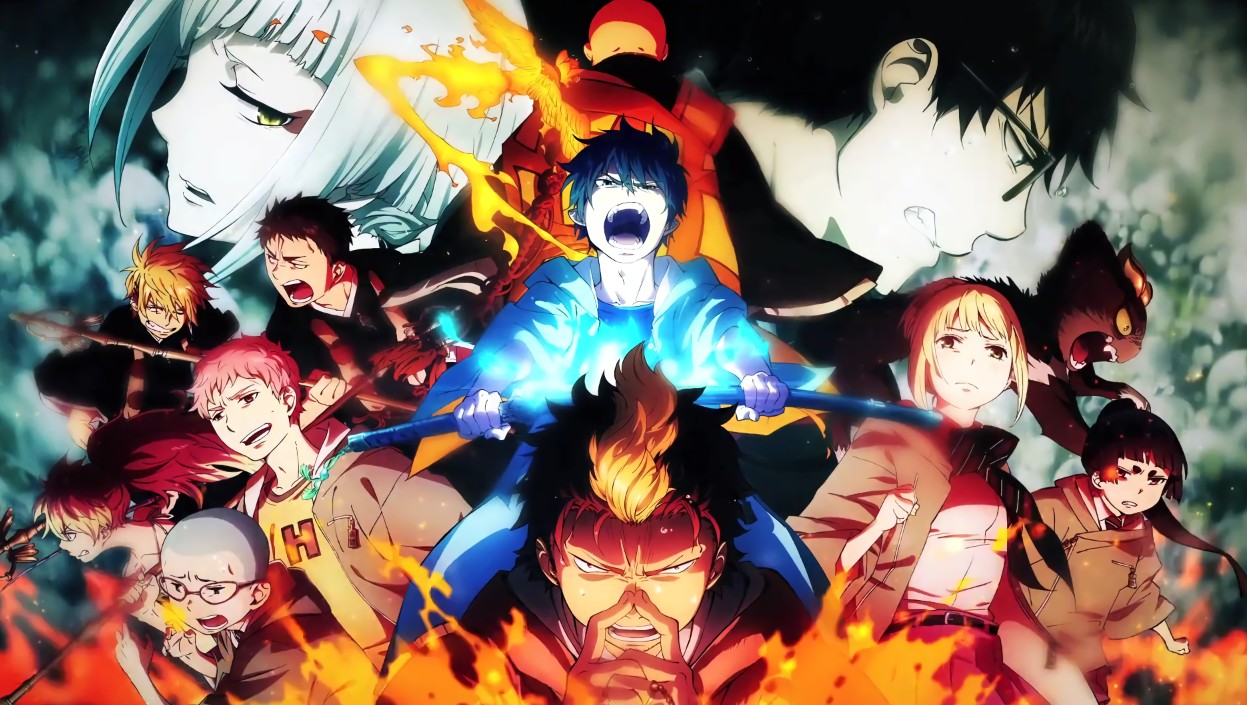
Making a significant impact in 2011 and claiming the third spot was Blue Exorcist by Kazue Katō. This thrilling dark fantasy manga plunges readers into a world where demons exist and can possess humans. The story primarily follows Rin Okumura, a rebellious and seemingly ordinary teenager who makes a shocking discovery: he is actually the illegitimate son of Satan. After a tragic event, Rin decides to defy his demonic heritage and join the True Cross Academy, a prestigious institution dedicated to training exorcists, with the radical goal of becoming an exorcist himself to fight against his demonic father. Blue Exorcist rapidly gained immense popularity for its unique blend of supernatural action, compelling narrative, and visually appealing character designs that quickly resonated with a broad audience. Its success was significantly bolstered by its anime adaptation, which debuted in 2011, drawing even more attention to the manga. The series is praised for its exciting premise, its exploration of themes like destiny versus free will, and the dynamic relationships between its characters. In 2011, Blue Exorcist achieved remarkable sales of 5,223,712 copies, marking it as a breakout hit of the year.
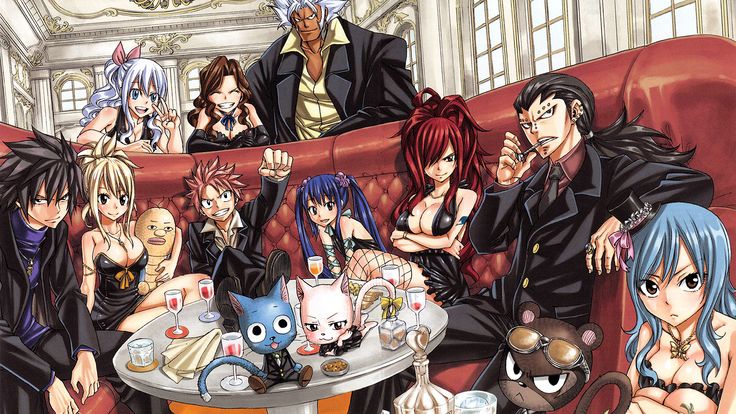
Securing the fourth position, Fairy Tail, the vibrant creation of Hiro Mashima, continued its enchanting journey, captivating readers with its magical world. The series follows the exhilarating escapades of Natsu Dragneel, a powerful Dragon Slayer mage with a fiery personality, and his eclectic group of companions from the renowned Fairy Tail guild. Together, they embark on various perilous quests, magical adventures, and often get into chaotic yet heartwarming situations. Fairy Tail is widely recognized for its fast-paced and high-energy action sequences, its effective incorporation of lighthearted comedic elements, and its unwavering emphasis on the profound bonds of camaraderie, loyalty, and the concept of “family” within the guild. It’s appreciated for its energetic storytelling, its vibrant and diverse cast of characters, and its consistent exploration of themes such as the power of friendship and unwavering loyalty to one’s chosen family. The series’ popularity has been consistently high, leading to a long-running and immensely popular anime series, as well as several successful animated films, all contributing to its significant global reach and consistent sales. In 2011, Fairy Tail sold an impressive 4,701,596 copies, maintaining its strong presence in the market.
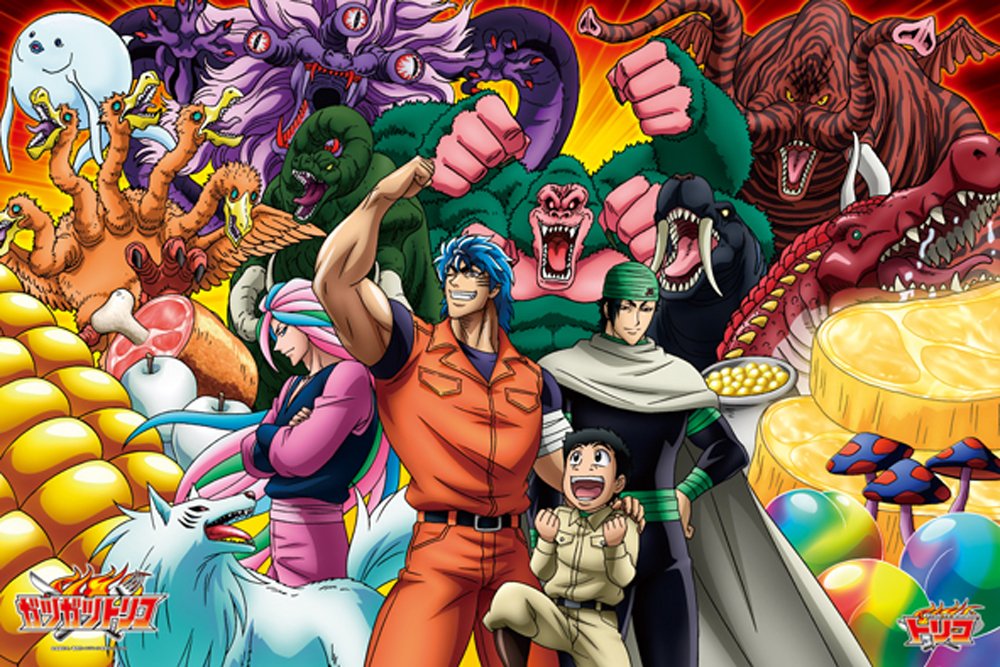
Coming in at number five, Toriko by Mitsutoshi Shimabukuro, offered a unique and highly adventurous take on the shonen genre. Set in a fantastical “Gourmet Age” where the taste and pursuit of rare ingredients are paramount, the series follows the extraordinary exploits of Toriko, a legendary Gourmet Hunter. His ultimate quest is to find the most exquisitely delicious and elusive ingredients in the world to complete his full-course meal. Toriko is highly appreciated for its incredibly unique and imaginative concept, its over-the-top and visually spectacular action sequences, and its profoundly creative world-building, which features a vast array of bizarre and delicious creatures and environments. The series stands out for its unabashed celebration of food and adventure, combined with traditional shonen battle elements. Its distinct premise and relentless energy resonated well with readers looking for something different. In 2011, Toriko achieved robust sales of 4,665,634 copies, solidifying its place among the top sellers.

Securing the sixth spot, Gintama, created by the inimitable Hideaki Sorachi, continued to charm readers with its unparalleled blend of humor, action, and astute satire. The series is set in an alternate version of the Edo period, where Japan has been unexpectedly invaded and conquered by technologically advanced aliens known as the Amanto. The narrative loosely follows the hilarious and often chaotic misadventures of Gintoki Sakata, a former samurai who now makes a living as a freelancing odd-job worker, taking on any task alongside his eccentric companions, Shinpachi Shimura and Kagura, to barely make ends meet. Gintama is universally celebrated for its incredibly sharp wit, its frequent breaking of the fourth wall, its explosive and well-choreographed action sequences, and its clever parodies of other popular manga, anime, and broader Japanese pop culture phenomena. Beyond the relentless humor, the series also delves into surprisingly serious and often poignant themes of loss, the complexities of loyalty, the essence of genuine friendship, and the challenges of adapting to rapidly changing times and preserving one’s identity. In 2011, Gintama achieved solid sales of 4,415,491 copies.

At number seven, Bakuman., a collaborative masterpiece by the renowned duo Tsugumi Ohba (writer) and Takeshi Obata (artist), who previously created Death Note, offered a fascinating meta-narrative within the manga world itself. The series tells the inspiring and often challenging story of two high school students, Moritaka Mashiro (a talented artist) and Akito Takagi (an aspiring writer), who form a partnership with the ambitious goal of becoming professional manga artists and getting an anime adaptation of their work. Bakuman. is highly praised for its insightful and remarkably detailed look into the competitive, demanding, and often grueling realities of the manga industry, offering a rare glimpse behind the scenes. Its engaging narrative focuses on the duo’s struggles, perseverance, creative process, and the intricate relationships they form within the industry. The series resonated deeply with aspiring artists, writers, and anyone curious about the inner workings of manga creation. In 2011, Bakuman. sold a strong 4,399,938 copies.

The eighth spot went to Bleach, Tite Kubo’s iconic stylish action-fantasy series, which maintained its significant presence and popularity in 2011. The story centers on Ichigo Kurosaki, a seemingly ordinary high school student who possesses the unique and unusual ability to see spirits. His life takes a dramatic and supernatural turn when he inadvertently gains the formidable powers of a Soul Reaper (Shinigami), a death deity responsible for guiding souls to the afterlife and purifying Hollows (corrupted spirits). Armed with these newfound abilities and his colossal zanpakuto, Ichigo dedicates himself to protecting innocent humans from malevolent Hollows and maintaining balance between the living and the dead. Bleach is widely recognized and celebrated for its distinctive and highly stylized artwork, its exhilarating and often visually spectacular action sequences, and its intriguing exploration of supernatural realms, spiritual powers, and existential themes. The series’ complex and expanding lore, combined with its diverse and charismatic cast of characters, including powerful allies and compelling antagonists, contributed significantly to its enduring success and widespread global appeal. In 2011, Bleach sold a robust 4,187,258 copies.
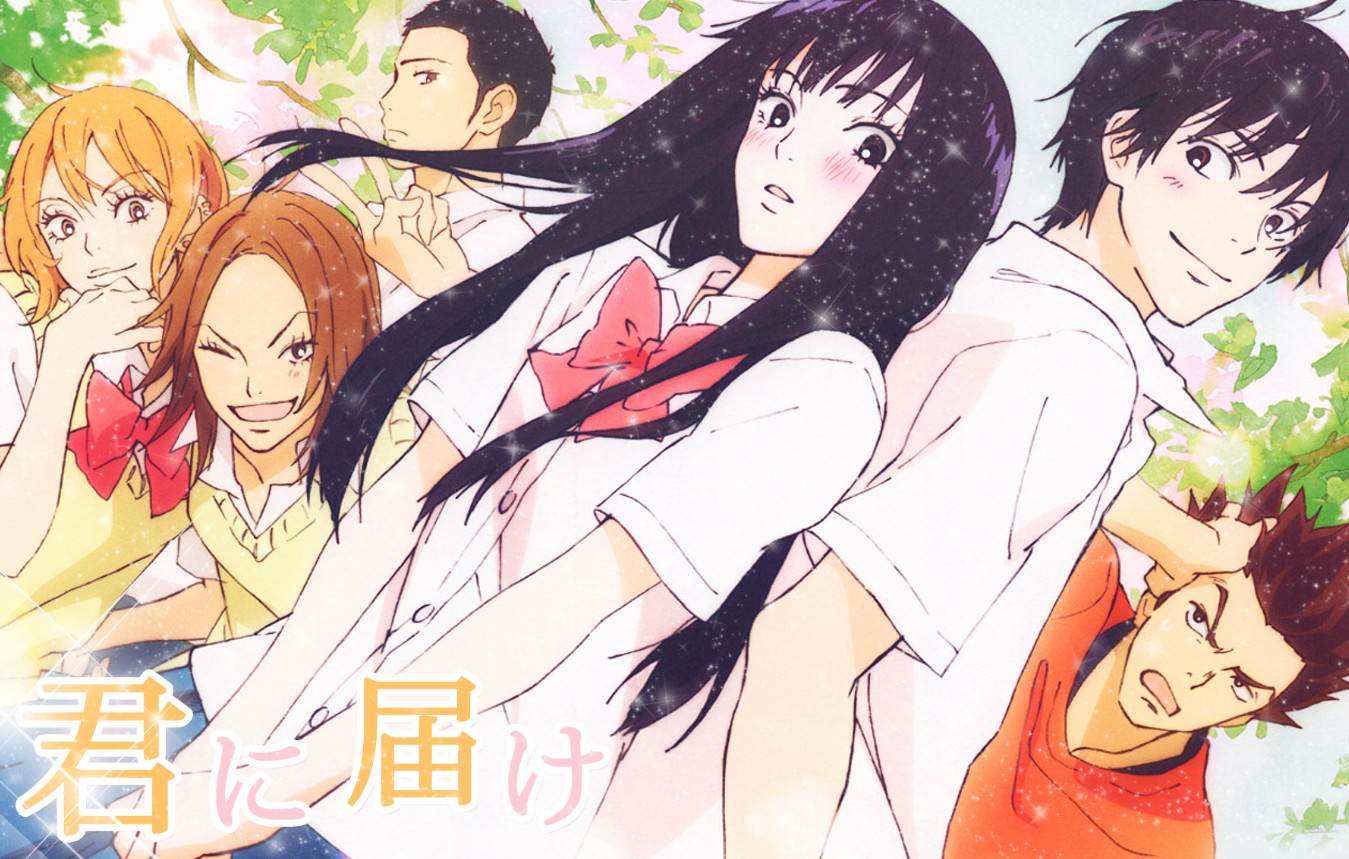
Coming in at number nine, Kimi ni Todoke (From Me to You) by Karuho Shiina, continued to enchant readers as a beloved shojo manga. The story delicately tells the tale of Sawako Kuronuma, a kind-hearted but intensely shy high school girl who is frequently misunderstood and even feared by her classmates due to her striking physical resemblance to Sadako, the ghostly antagonist from the iconic horror film The Ring. Her isolated life takes a significant and heartwarming turn when she forms an unexpected friendship with Shota Kazehaya, one of the most popular and outgoing boys in her class. Through their interactions, Sawako begins to open up, experience the joys of genuine friendship, and navigate the innocent complexities of first love. Kimi ni Todoke is universally praised for its genuinely heartwarming and remarkably realistic portrayal of the intricacies of first love, the beauty of forming new friendships, and the subtle nuances of personal growth and self-discovery. Its gentle, deliberate pace and its unwavering focus on the authentic development of its characters make it an undeniably cherished and enduring shojo title. In 2011, Kimi ni Todoke sold 4,109,481 copies, reaffirming its consistent popularity.
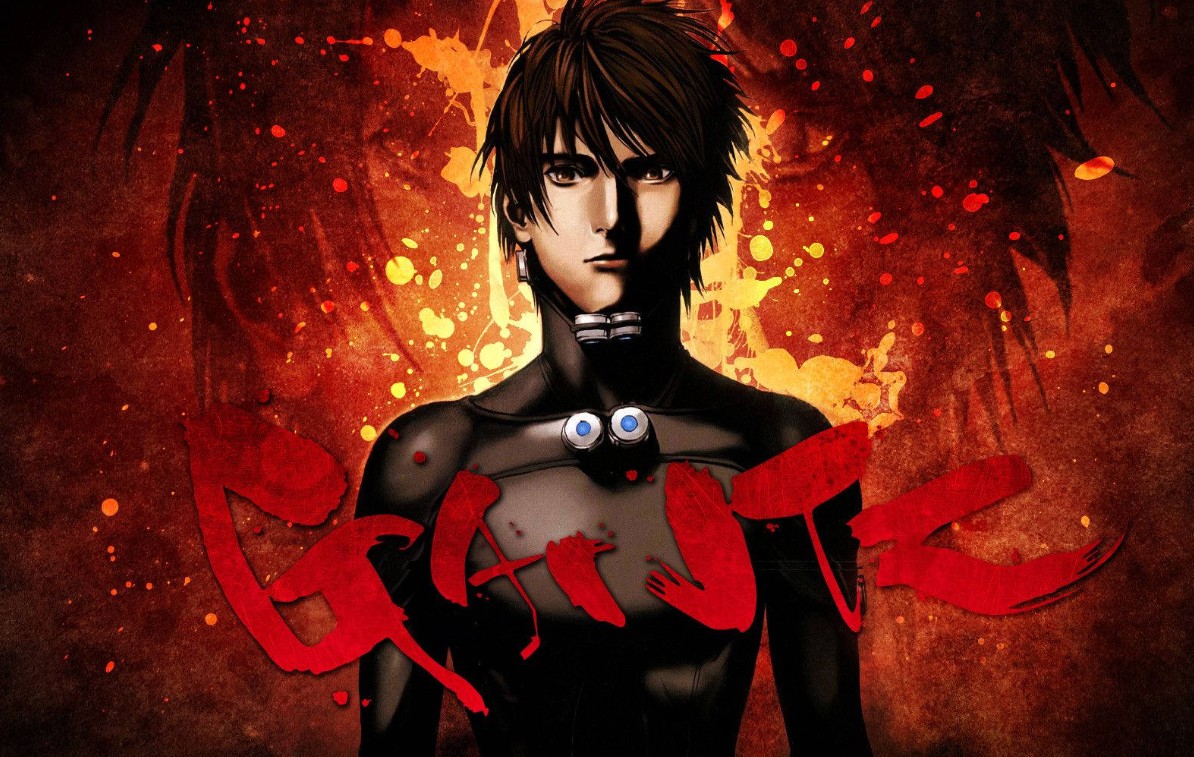
Rounding out the top ten, Gantz by Hiroya Oku offered a starkly different, mature, and intense experience for readers. This dark and visceral science fiction manga plunges into a grim reality where individuals who have recently died find themselves resurrected and forced into a deadly game. They are equipped with advanced futuristic weaponry and suits by a mysterious black sphere known as Gantz, and compelled to hunt down and eliminate various bizarre and dangerous aliens hidden on Earth. The story primarily follows Kei Kurono and Masaru Kato, who are among those forced into this terrifying ordeal. Gantz is well-known for its mature themes, including violence, psychological torment, and existential questions about life and death, making it aimed at an older audience. It is also recognized for its incredibly intense and graphic action sequences, its unique and often disturbing creature designs, and its distinctive realistic art style, which often incorporates CGI elements. The series garnered a dedicated following for its uncompromised storytelling and its relentless tension. In 2011, Gantz sold 4,056,981 copies, showcasing its strong appeal within the seinen demographic.
Conclusion:
The top-selling manga of 2011 collectively painted a vivid and dynamic picture of the Japanese manga industry at that time. This list showcases an impressive diversity in genres and storytelling, ranging from sprawling epic adventures and intense supernatural battles to heartwarming romances and intricate behind-the-scenes looks at the creative process. These series captivated millions of readers with their unique narratives, compelling characters, and distinctive artistic styles. Their profound cultural impact continues to resonate today, influencing popular culture, inspiring new generations of manga creators, and proving the enduring power of storytelling through sequential art. The remarkable success of these titles in 2011 underscores the global appeal and lasting legacy of Japanese manga, marking a significant year in its ongoing history.
